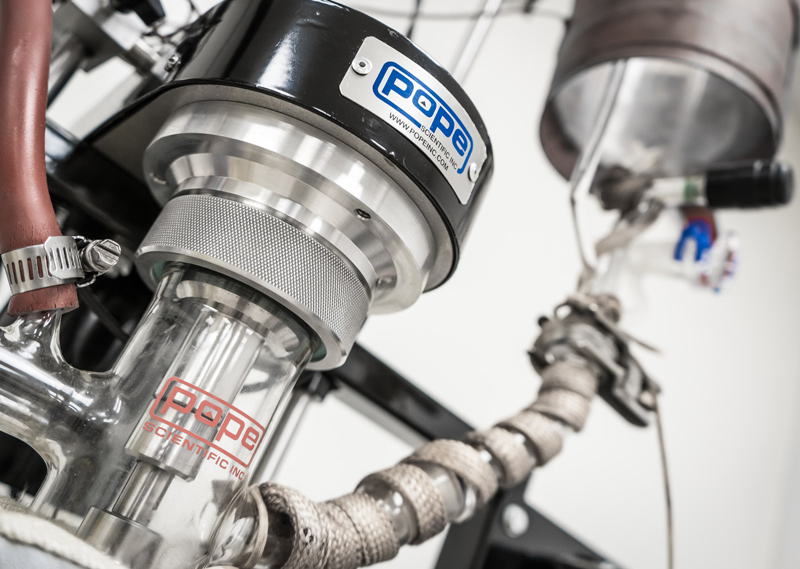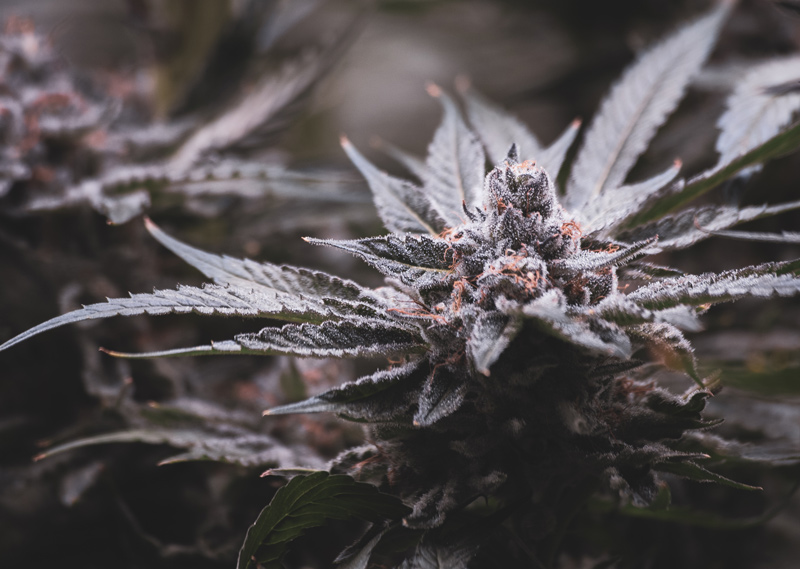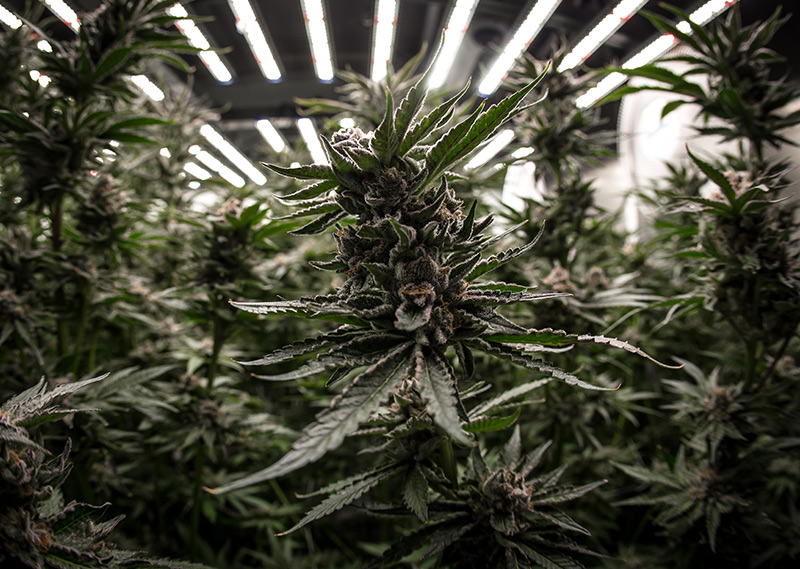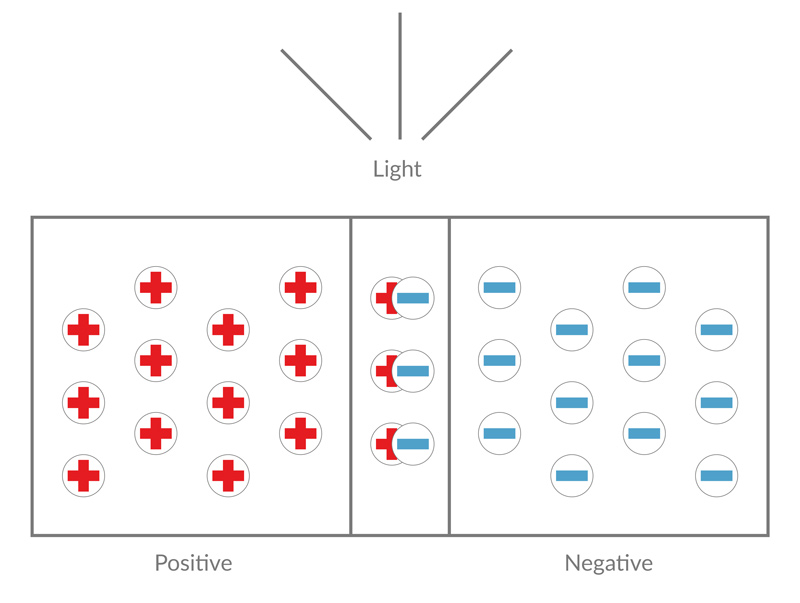METHODS AND EFFECTIVENESS
OF ETHANOL EXTRACTION
In between cultivating cannabis and putting concentrate products on the shelf, there’s a bit of chemistry. Products that rely on concentrates – such as tinctures, sublinguals, and even edibles – need to have the active components of cannabis extracted from the leaf itself. We obviously aren’t baking cannabis leaves into brownies, so we have to find a way to take the cannabinoids out of the plant without the additional phytochemicals or potential toxins.
Thus, a little chemistry: manufacturers suspend their cannabis in a solution that can strip the plants of the oils without taking any chemicals that are harmful or sour the flavor of the products. Traditionally, cannabis plants have been suspended in either a solution of butane or a solution of supercritical CO2. Both of these options have their respective pros and cons:
Butane yields a relatively pure product but can be unstable and combust easily.
Supercritical CO2 is a lot more stable, but can sometimes yield harmful chemicals if it isn’t properly washed.

New Methods of Extracting
Within the last decade, cannabis growers have tried new methods of extracting the active ingredients out of the plant. One of these methods is to use ethanol as a means of extraction. The process works the same way as other methods: the plant material is placed in a solvent – in this case, ethanol – which will dissolve the active components of the plant into a concentrate.
Ethanol does this as well as other extraction methods, removing the cannabinoids and terpenes found in cannabis and dissolving them into a solution. Different solvents will draw different chemicals with them, so there’s usually a purifying process afterward. Ethanol, in this case, also dissolves the water-soluble components of the plant because it is a polar molecule. Water-soluble components include phytochemicals like chlorophyll, so additional purification needs to happen, otherwise you end up with a solution that’s less potent and tastes grassy.
Thus, ethanol extraction is not without its drawbacks. Ethanol extraction is much safer than butane and certainly more effective than supercritical CO2, and ethanol is also safe to consume according to the FDA. However, the process of purifying ethanol solutions can be quite costly, and even then, ethanol extracts don’t always meet the same quality as cannabinoids extracted safely through butane, unless done with well-funded equipment.
Nonetheless, ethanol extraction brings an exciting new option to the manufacturing of cannabis products, and with new research and developments coming out every day, the process is becoming much more effective at purifying cannabinoid solutions. Even though we’re experts at making cannabis products, producers at Waveseer far prefer using ethanol as a solvent, since accidents can happen with butane. With our combined expertise and advanced purification methods, Waveseer makes products that are potent, safe, and satisfactory to all who use them.







